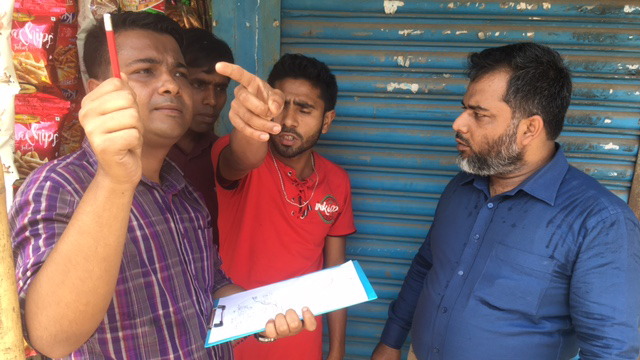Analysis of secondary data
Approach

Advantages
Collecting new data takes time and can be costly, particularly when collecting data from a large population or over a large geographical area. Routinely collected data from government agencies and large organisations can provide a broad scope of population-level information that may be relevant to a number of fields or projects. Data quality may be high where significant technical resource has been invested. Routine data collection often occurs over the long-term, making it possible to retrospectively investigate trends and patterns over time instantly. It may be of use to re-analyse data collected through previous research studies in light of a different research question.
Disadvantages
Previously collected data may be outdated and no longer reflect the current context. Data accuracy can be questionable due to limited information on who performed the data collection, how the data was collected, or what quality checks were implemented at the time. If queries emerge about the data, people previously involved in study design or data collection may no longer be contactable. As the data is originally collected for a different purpose, it may not be entirely relevant to your topic of interest and result in important research questions not being answered. Some secondary data sources may cost money and take a significant amount of time to access.
Four resources have been developed to assist with the identification and quality/suitability assessment of secondary data sources when investigating drowning deaths. These resources have been produced by the Royal National Lifeboat Institution and the National University of Ireland, Galway.
Conducting a systematic search for multi-country mortality data sources - a short report (PDF 298KB)
Developing guidance documentation for assessing the suitability of mortality data capturing drowning deaths for drowning prevention users (PDF 292KB)
Developing data appraisal and assessment criteria for reviewing data sources (PDF 393KB)
Developing and populating a user guidance template for multi-country, mortality datasets (PDF 561KB)
Methods:
Secondary data: previously collected data, available from other sources.
Analysis of secondary data: running additional analysis on previously collected data, investigating aspects, or variables, with specific relevance to your area of interest.
Step 1
Assess the situation
